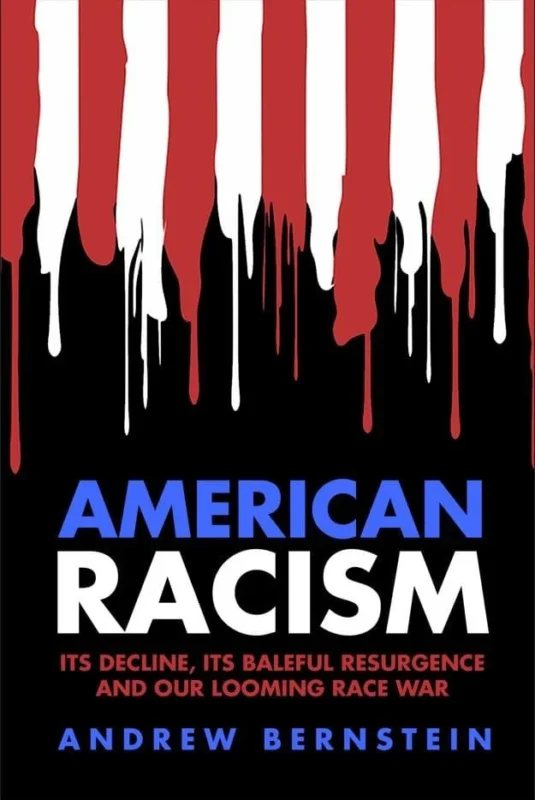An excerpt from the Introduction to “I am John Galt” by Donald L. Luskin and Andrew Greta.
Who is John Galt? Ayn Rand asked that question over and over as a catchphrase in Atlas Shrugged, one of the best-selling and most inspiring novels of all time. The question was a cry of despair in a desperate time not unlike our own—the equivalent of “What’s the use?” More precisely, it meant “Where are the great men and women who could inspire us?” That’s a question many are asking today. The world portrayed in Atlas Shrugged is racked by a pervasive economic and social crisis—its eerie similarity to our own real world today is one of the reasons it is selling more copies than ever, 50 years after it was first published.
Your personal answer to Rand’s question could be “I am John Galt.” Yes, you, the person reading these words now in an increasingly quaint hard copy, or on your handheld digital reading device. You can be one of the epic heroes of Rand’s books—like John Galt himself, her greatest hero—the ones who fight despair, overcome relentless opposition, and lift the world out of desperation.
We think that’s the real secret explaining why Rand’s fiction—Atlas Shrugged (1957), but also The Fountainhead (1943), We the Living (1936), and Anthem (1938)—are so timeless. Simply stated: they are inspiring. Rand set out to portray ideal men and women, and she did.
The heroes and heroines of her novels are individualists, innovators, and iconoclasts. They are achievers—in business, in the arts, and in love. Their ordeals are the ones that all potentially great people face. What’s special about them is that in the course of Rand’s novels, they discover and put to work core philosophies—life strategies, really—that lead ultimately to triumph.
You can do it, too. Our proof is the heroes we portray in this book. They faced all the same challenges you do. And yet they made themselves great by following the same life strategies that Rand’s heroes did—some of them quite self-consciously, others without having ever even heard of Rand as far as we know. This book shows you what their life strategies—their philosophies—are, and how they map with great precision to the philosophies of Rand’s heroes.
Yes, the world portrayed in Rand’s books was the world of the industrial era—when leading-edge technologies were railroads and steel mills. Today’s Randian heroes run software companies, not railroads. They manufacture semiconductors, not steel. But the principles of success are the same. The philosophy is the same, and Rand laid it all out more than 50 years ago.
Unfortunately, Rand’s villains are alive and well in today’s world, too. We portray them here as proof that collectivism, self-abnegation, envy, power lust, and, most tellingly, the corrupt alliance of business and government are all strategies for personal ruin. And they spill over into horrific consequences for the world. As you’ll see, the economic paroxysm that rocked the world late in the first decade of the 2000s was caused specifically by individuals operating perfectly in the mode of Rand’s parasitic villains.
So as another timeless book puts it, our real world and Rand’s fictional world are both the best of times and the worst of times. Our heroes have created personal wealth never before seen in history by creating technological marvels that were thought, just a few years ago, to be impossibilities found only in science fiction. Our villains very nearly succeeded in bringing the world economy to its knees. Such is the power of one’s personal philosophy. Such is the power of your choice.
Whom do you choose to be like? Do you want to be like Bill Gates? Gates is reviled as a monopolist and a plutocrat akin to Rand’s hero Henry Rearden, the steel tycoon. His own government came within inches of branding him a criminal and breaking up his company.
If you agree he’s a hero, you need to read this book to learn what he did to became one. If you think he’s a villain, you urgently need to read this book—we’ll show you that his greatness is to be celebrated, not feared. Do you want to be like Steve Jobs? He dropped out of school to follow his professional passion like Rand’s hero Howard Roark. Even after he became rich and famous, over and over again Jobs risked his fortune on new and untried technologies—just because he thought they were so damn cool. Now his company is one of the most valuable on the planet. Yet he’s widely regarded as a pirate who steals the ideas of others, and an autocratic son of a bitch entirely incapable of working with people. If you agree that he’s a hero, maybe one of the reasons is that you’re reading this on an iPad—one of Jobs’s many magical innovations that have transformed our culture. If you think he’s a villain, go out and get an iPad—it might change your mind.
Maybe you’d like to be Paul Krugman. He’s a media darling and widely known academic much like Rand’s villain Ellsworth Toohey. He’s also a rabid partisan who, in the vivid words of one critic, pulls his so-called facts from “a database somewhere in his lower intestine.”1 He has discredited himself among serious thinkers and brought dishonor to the once-great newspaper on whose opinion pages his politicized deceptions appear. He’s also a socialist who is willing to destroy as many lives as necessary to deliver the United States into collectivism. If you’ve experienced a visceral revulsion when reading a Krugman column or seeing him on the Sunday morning talk shows, we’ll help you understand your intuition that he is a villain. If he’s a hero in your mind, then you shouldn’t be afraid to read what we have to say about him—but we might change your mind.
Does all this strike you as a strange conception of “heroes” and “villains”? Maybe when you think of a hero, you think of someone like “Sully”—Chesley Sullenberger, the US Airways pilot who saved 155 passengers by successfully landing a disabled plane in the Hudson River. Sully isn’t a titan of business. He’s not rich. Yet we emphat-ically believe he is a hero, and we suspect Ayn Rand would, too. Why? Because Sully’s performance in those fateful few minutes in January 2009 was a tour de force of sheer ability, the bravura performance of a highly skilled and courageous man motivated by a single purpose, doing battle with chaos—and winning. What Sully has in common with Bill Gates, Steve Jobs, and the other heroes we talk about in this book is competence, courage, and purpose. That’s what makes a hero.
Maybe when you think of a villain (and let’s leave out overt monsters like, say, Adolf Hitler) you think of a corrupt politician like Richard Nixon or a crook like Bernard Madoff. Who could disagree with that? Ayn Rand certainly demonstrated that evil could exist at the highest levels of government and in business as well. We’ll meet real-world villains of both types in this book. But Rand’s novels focused primarily on that special brand of evil that is carried out under the high-minded slogans of altruism. The real-world villains you’ll meet in this book all have one thing in common: No matter how rabid their lust for power, no matter how voracious their appetite for unearned wealth, and no matter how many lives they have to destroy in the process, their villainy is all carried out in the name of selfless service to others.
Real-life Randian heroes and villains are among us. If you so choose, you can live your life such that you can truly say, “I am John Galt.” This book shows you how.
Copyright 2011 Donald L. Luskin and Andrew Greta. Republished in Capitalism Magazine.com by permission of the authors.









